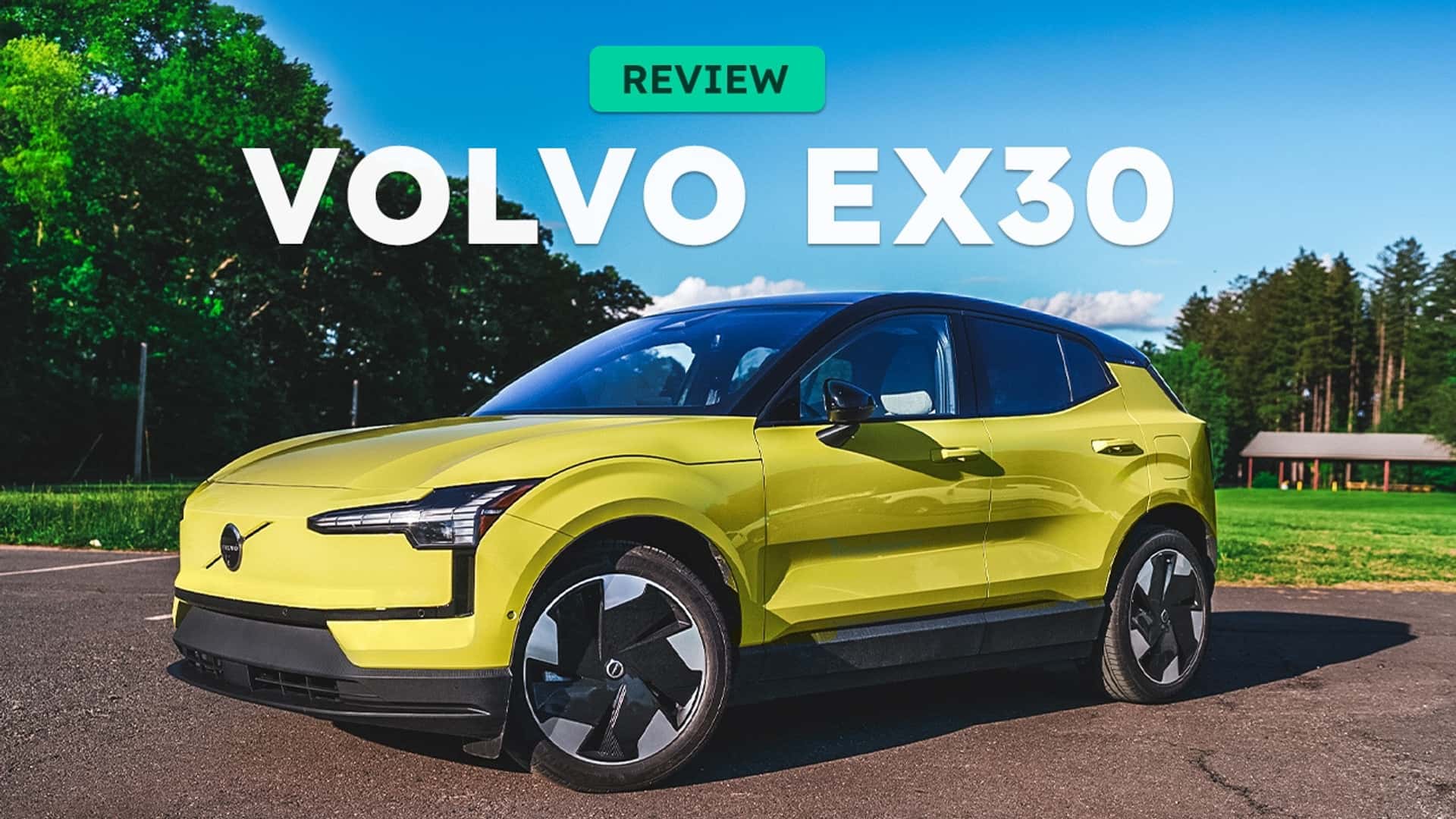The Volvo EX30: A Missed Opportunity
When the Volvo EX30 was first introduced with a starting price of around $35,000, it seemed like an attractive option for many. I was among those who were excited about the idea of purchasing one. However, as time passed and the car finally arrived, I realized that my initial enthusiasm had been misplaced.
I often get to test drive new cars for work, but I rarely feel compelled to buy them right away. That changed when the pre-order books for the Volvo EX30 opened in early 2024. I was so intrigued by the car that I immediately placed a $500 refundable deposit. I had covered its debut in New York a few months earlier, and I felt confident that this would be a great purchase.
The EX30 appeared to have everything: style, power, a respectable electric range, and a very attainable starting price. It represented the promise of the electric-vehicle revolution, which has often been unfulfilled. However, after waiting 18 months to actually drive the car, I found that its value proposition had significantly diminished.
Price Changes and Tariff Issues
The Moss Yellow EX30 I tested came with a price tag of $48,395, including destination fees. This is far from the original under-$35,000 starting price that initially made the car appealing. The base Single Motor Extended Range rear-wheel-drive model was priced at $35,000, but the only version currently available in the U.S. is the Twin Motor Performance all-wheel-drive version, starting at $46,195.
This increase in price can be partly attributed to tariffs. The EX30 was originally planned to be built in China, which made sense given that Volvo is owned by China’s Geely Group. However, due to rising tensions between the U.S. and China, tariffs on Chinese-made vehicles increased significantly. In mid-2024, these tariffs were raised to 100%, effectively blocking the EX30 from the U.S. market. This led to months of delays for Volvo, and now the car is still primarily made in China, albeit at a higher price point.
Driving Experience and Features
The EX30 is powered by a 69 kilowatt-hour battery, which offers a total range of 253 miles. While the dual-motor setup delivers impressive performance with 422 horsepower and 400 pound-feet of torque, the fast-charging capability is somewhat limited. The car can charge from 10% to 80% in 27 minutes, which is midpack for modern EVs.
Despite its quick acceleration, the driving experience is not entirely satisfying. The ride quality is firm, and the steering feels loose, making the car less confident in corners. However, the compact size of the EX30 makes it easy to maneuver in urban environments.
Design and Interior
The EX30 features a stylish design that embraces its electric nature by eliminating any grille openings. The car also comes in vibrant colors such as yellow and Cloud Blue. The interior includes some unique touches, like IKEA-esque etchings on the trunk opening and a sliding center console with removable storage.
However, the minimalist approach to controls may not appeal to everyone. Most functions are accessed through a tablet-style center screen, which can be slow and unintuitive. The software, while integrating Google Maps and Android Apps, lacks the speed and ease of use found in other EVs.
Final Thoughts
While the EX30 has potential, the significant price increase has made it less competitive. At almost $50,000, it faces stiff competition from other EVs like the Tesla Model Y and Hyundai Ioniq 5. Despite its appeal, the EX30 has become a rolling example of the volatility in the American car market.
Volvo must find a way to reduce the price for U.S. buyers if it wants to regain its position as a leader in the EV space. For now, the EX30 remains a promising but expensive option.







